#The Forager's
Text
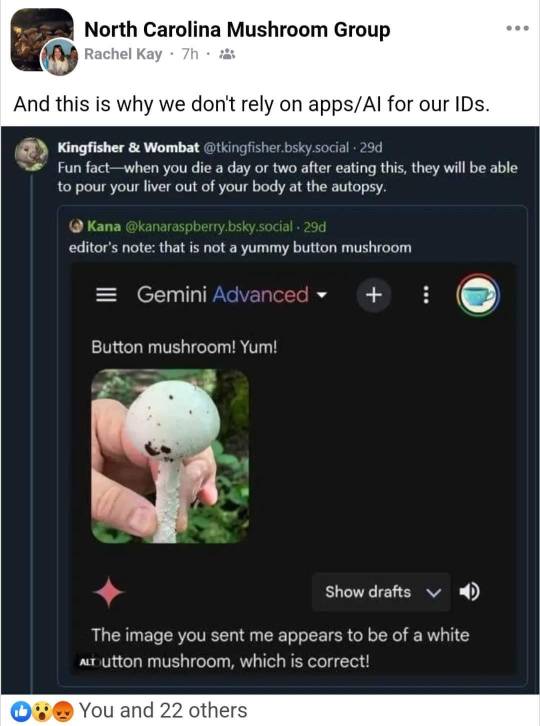
For those not in the know, this is one of the Amanita mushrooms referred to as a Destroying Angel. Never, ever, ever, ever forage with an app. Especially for mushrooms.
115K notes
·
View notes
Text



The bigger they are the harder they fall 🥹🐟
#halsin#clover#bg3#cloverhoney#baldursgate 3#myart#there's a conversation going on twitter rn about the specific types of garbage Clover has eaten#and how Halsin starts tagging along on Clover's morning forages and is by turns charmed and deeply disturbed#also he's 1 willpower point away from just picking him up in his mouth
11K notes
·
View notes
Text
Loving reminder from your land history auntie:
North American golf courses have had 50-100 years of arsenic and mercury based fungicide and herbicides applied to their soils.
Do not eat anything that has been grown on a golf course or downstream from a golf course. I know it sounds cool and radical, but you are too valuable to poison yourself with heavy metals.
Protect each other, turn your local golf course into a pollinator garden, not a sex forest or community garden.
#i am over here worrying about all you kiddos#also please dont forage on railway corridors either#love yourselves protect yourselves#lmao at the replies saying 'but why not sex forest anyway'#you do you kids#im personally a no thank you on the lead arsenic mercury sex forest personally#if you havent seen it there's a popular book about making golf course a sex forest#that isn't a random pull
58K notes
·
View notes
Text
A Treasure Trove for Nature Lovers: The Forager's Guide to Wild Foods
Foraging for wild edibles has always fascinated me. The idea of venturing into nature and returning with a basket overflowing with free, delicious ingredients seemed magical. However, the fear of misidentification and potential poisoning kept me from ever truly taking the plunge. Enter "The Forager's Guide to Wild Foods" by Nicole Apelian – a book that has transformed my perception of foraging from a captivating fantasy to a practical reality.

From Nervous Newbie to Confident Explores
One of the things that most impressed me about this book was its accessibility. Apelian's writing style is engaging and informative, even for someone like me, who was a complete beginner. She doesn't bombard you with complex scientific jargon but instead uses clear, concise language to explain the basics of plant identification, safe foraging practices, and the preparation of wild edibles.
The book is meticulously organised, with each chapter focusing on a specific category of wild foods, such as common herbs, edible flowers, or wild mushrooms. This structure makes it incredibly easy to navigate and find the information you're looking for, whether you're planning a foraging trip or simply trying to identify a mystery plant you spotted in your garden.
A Feast for the Eyes (and the Stomach!)
"The Forager's Guide to Wild Foods" isn't just a dry instruction manual. Apelian's beautiful, high-quality photographs are a feast for the eyes in themselves. Each plant entry is accompanied by multiple pictures, showcasing the edible part of the plant at different stages of growth, alongside its potentially poisonous lookalikes. This visual reference is invaluable for ensuring safe identification, and it also whets your appetite with close-up shots of the vibrant colours and textures of these wild edibles.
What truly elevates this book beyond a mere identification guide is the inclusion of delicious recipes for each foraged ingredient. From dandelion fritters and nettle soup to elderflower cordial and pine nut pesto, Apelian offers a creative and inspiring way to incorporate these wild finds into your everyday meals.
More Than Just Food: A Connection to Nature
"The Forager's Guide to Wild Foods" has become my constant companion on nature walks. It's opened my eyes to the abundance of edible treasures that surround us, transforming a simple hike into an exciting exploration. Beyond the practical benefits of finding free food, this book has fostered a deeper connection with nature. It's a constant reminder of the incredible diversity and bounty that exists right outside our back doors.
Whether you're a seasoned outdoors enthusiast or a curious newbie like myself, "The Forager'' Guide to Wild Foods" is an invaluable resource. It empowers you to safely explore the world of wild edibles, while also providing you with the knowledge and inspiration to create delicious and nutritious meals. So lace up your boots, grab your copy of this fantastic book, and embark on your own foraging adventure!sharemore_vert
0 notes
Text
PSA: *Beware* AI-generated fungi guidebooks!!
…Not a phrase I imagined myself typing today. But, via @heyMAKWA on Twitter:
“i'm not going to link any of them here, for a variety of reasons, but please be aware of what is probably the deadliest AI scam i've ever heard of:
“plant and fungi foraging guide books. the authors are invented, their credentials are invented, and their species IDs will kill you.”
…So PLEASE be careful if you run across anything of this kind.
(ETA: Corrected egregious typo in the title. Apologies, as I was [a] in bed [b] typing hurriedly and one-handed on the iPad, and [c] I think its native keyboard may need recalibration, but also [d] I was upset about what I was having to post, because seriously, WTF?!!)
#WARNING#AI-generated books on amazon#specifically#plant and fungi foraging#guide books#THIS SHIT IS GOING TO GET SOMEBODY KILLED
20K notes
·
View notes
Text


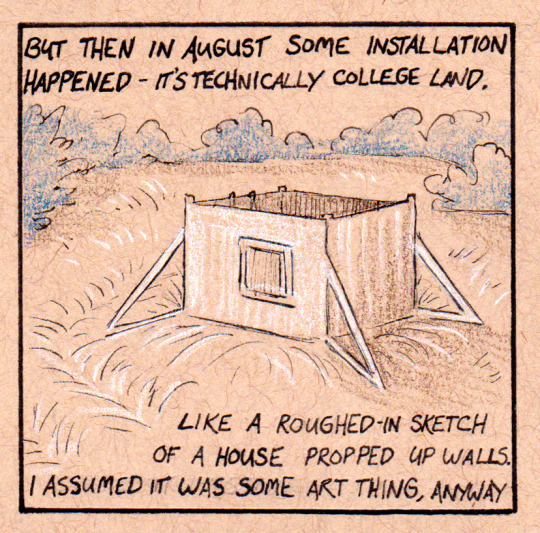
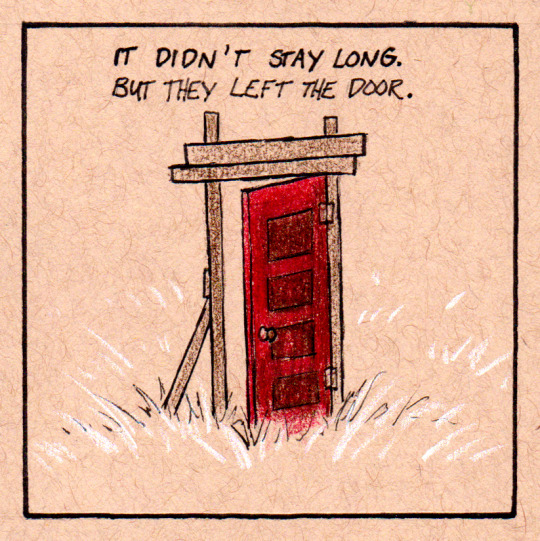



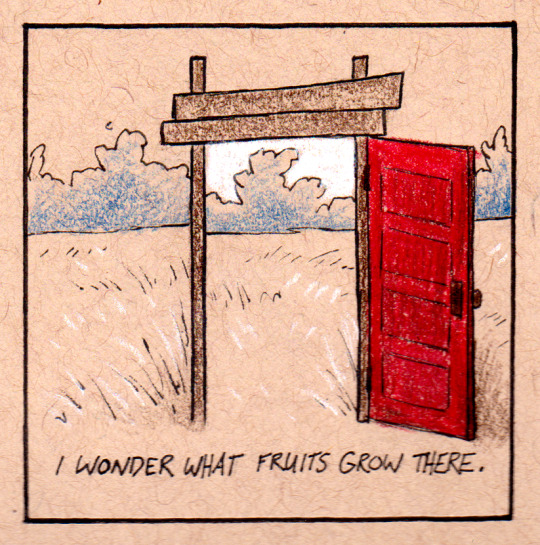
Just for the record this is a real problem I'm having. What does one do with a possibly cursed mystery door in the blackberry patch. Besides ignore it and keep eating blackberries...
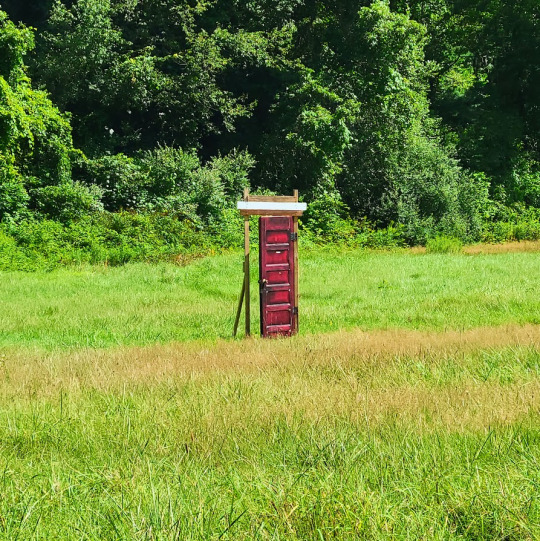
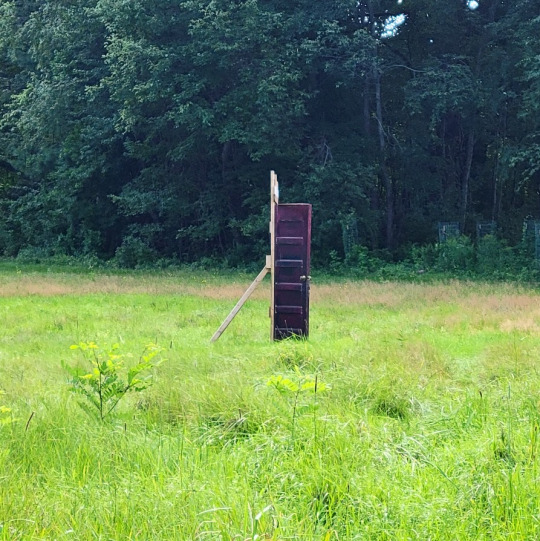
21K notes
·
View notes
Text
Analysis of data from dozens of foraging societies around the world shows that women hunt in at least 79% of these societies, opposing the widespread belief that men exclusively hunt and women exclusively gather. Abigail Anderson of Seattle Pacific University, US, and colleagues presented these findings in the open-access journal PLOS ONE on June 28, 2023.
A common belief holds that, among foraging populations, men have typically hunted animals while women gathered plant products for food. However, mounting archaeological evidence from across human history and prehistory is challenging this paradigm; for instance, women in many societies have been found buried alongside big-game hunting tools.
Some researchers have suggested that women's role as hunters was confined to the past, with more recent foraging societies following the paradigm of men as hunters and women as gatherers. To investigate that possibility, Anderson and colleagues analyzed data from the past 100 years on 63 foraging societies around the world, including societies in North and South America, Africa, Australia, Asia, and the Oceanic region.
They found that women hunt in 79% of the analyzed societies, regardless of their status as mothers. More than 70% of female hunting appears to be intentional—as opposed to opportunistic killing of animals encountered while performing other activities, and intentional hunting by women appears to target game of all sizes, most often large game.
The analysis also revealed that women are actively involved in teaching hunting practices and that they often employ a greater variety of weapon choice and hunting strategies than men.
These findings suggest that, in many foraging societies, women are skilled hunters and play an instrumental role in the practice, adding to the evidence opposing long-held perceptions about gender roles in foraging societies. The authors note that these stereotypes have influenced previous archaeological studies, with, for instance, some researchers reluctant to interpret objects buried with women as hunting tools. They call for reevaluation of such evidence and caution against misapplying the idea of men as hunters and women as gatherers in future research.
The authors add, "Evidence from around the world shows that women participate in subsistence hunting in the majority of cultures."
22K notes
·
View notes
Text


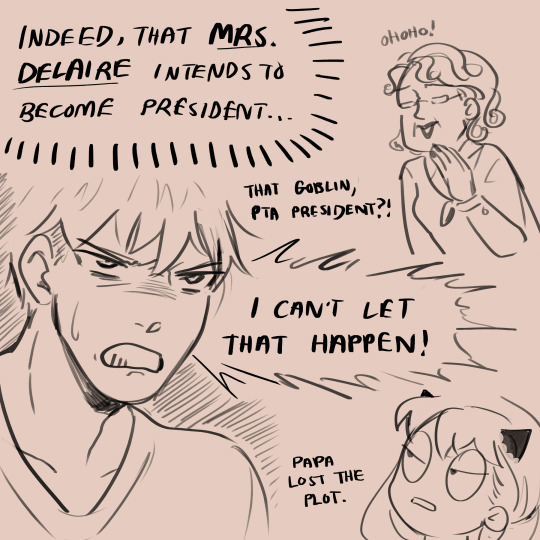






i finally have enough time to properly draw again, so i'm treating myself to a PTA Mom VS. Twilight Saga. listen all i want is a silly little post reveal story with silly little shenanigans and extreme pettiness + perfectionism from twilight in the most trivial of matters. is that too much to ask?
i am going to tag this under 'spy x pta' LMAO
(for those who don't know, PTA stands for Parent Teacher Association. commonly in elementary schools, parents in the PTA are often stereotyped as overbearing, overly competitive, and petty)
#this was going to go in another direction with twilight going out to forage his own molasses and make his own brown sugar#in typical twilight fashion#but twiyor is a drug that doesnt let go#spy x pta#spy x family#my art#loid forger#yor forger#sxf#twiyor#anya forger#sxf loid#sxf yor#bond forger#sxf anya#sxf bond
5K notes
·
View notes
Text

🌿 🌹 🌱 🥬 ✨ // nasturtiums // gouache on hot press paper
#my art#gouache#illustration#painting#cottagecore#art#botanical#artists on tumblr#queer artist#trans artist#nasturtium#edible flowers#foraging#garden#gardencore#cottage aesthetic#cottage garden#bugs#isopods#pill bug#moth#moth art#flower art#floral art
17K notes
·
View notes
Text
autism is real


#mushrooms#mycology#jerma985#jerma#jeremy elbertson#chicken of the woods#foraging#autism#discord screenshot
2K notes
·
View notes
Text
Still thinking about how the dominant conception of mushroom-hunting in my (USAmerican) culture is fear and revulsion and the idea that anyone who eats a mushroom they found in the woods is courting a terrible death. And I don't want to push back too aggressively; it's better that people think the hobby is too dangerous to bother with rather than having people who are so blasé about the dangers that they end up poisoning themselves. But it still gets a little annoying sometimes. So, for the record, some more nuanced information:
There are a small number of mushrooms that will kill you if you eat them. Most field guides make sure to describe these species carefully so you know what to avoid.
There are a rather larger number of mushrooms that will make you sick but not kill you. Many of these are also noted in field guides, especially if they look at all like any of the edible species.
Many choice edibles are very visually distinct and don't have any non-edible lookalikes. Many foragers stick with these safe choices permanently. (I do this!)
Some edible mushrooms *do* have poisonous lookalikes. Individual foragers can decide how confident they are in their identification skills and what level of risk they're comfortable with accepting.
You need to learn how to use a field guide if you want to gather mushrooms for the table. For most people, this is not a difficult skill to develop, although it takes practice.
You need to learn how to see what is actually in front of you instead of what you want to see. Many misidentifications come from people ignoring obvious field marks out of wishful thinking.
You need to learn about what grows in your region, and if you move, stop foraging until you've had a chance to research the new region. Sadly, many mushroom poisoning cases are recent immigrants who mistook a toxic mushroom for an edible variety from their home country.
It is extremely possible to forage safely. It is also very possible to forage recklessly. You need to be aware of your own skills and temperament to decide whether it's a hobby that will work for you.
If you want to learn more about mushrooms (both poisonous and edible varieties), I highly recommend the book Chanterelle Dreams, Amanita Nightmares by Greg Marley.
#basically you need the self-awareness to look yourself in the eye and go 'am i going to be an idiot about this?'#and if the answer is yes don't become a forager#and if the answer is no you will be fine
3K notes
·
View notes
Text

A little excerpt from my new foraging zine that a lot of people seem to be resonating with. My favorite part of any foraging book is always getting to talk about why I find the practice so meaningful 🌸💕
19K notes
·
View notes
Text
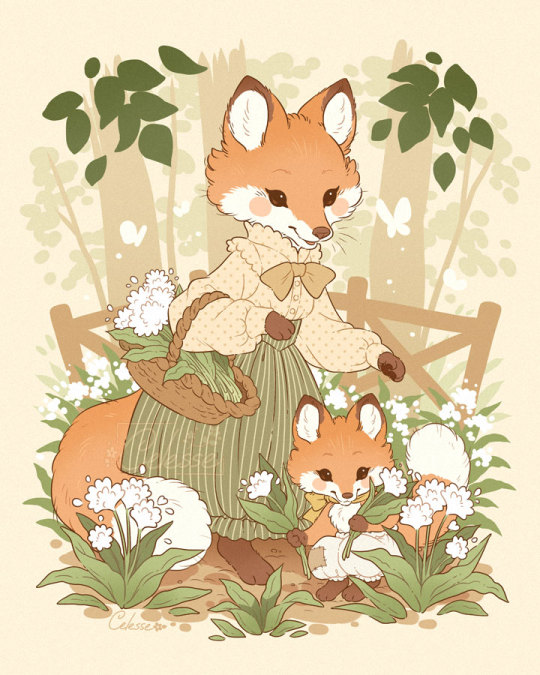
An essential lesson of forest life 🌲🦊🦊🌿
Prints here 💕
#fox#foxes#fox art#forestcore#fox family#baby fox#mother fox#foraging#foragecore#forest life#forestcore art#wild garlic#foragers#cottagecore#cottagecore art#vintage style#vintage chic#artists on tumblr#digital art#animal art
10K notes
·
View notes
Text



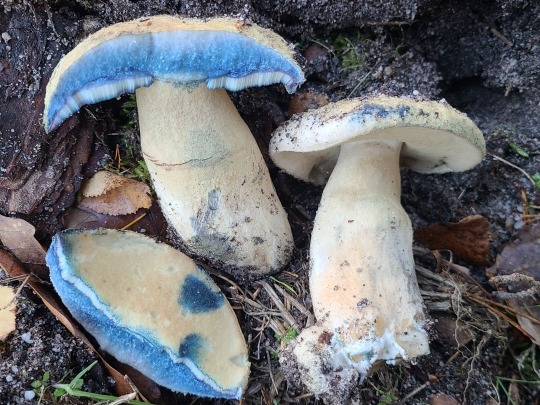



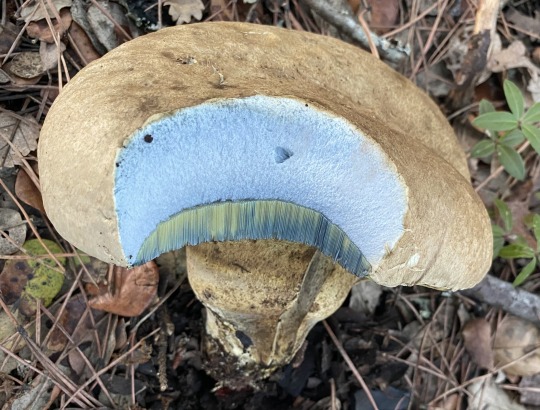

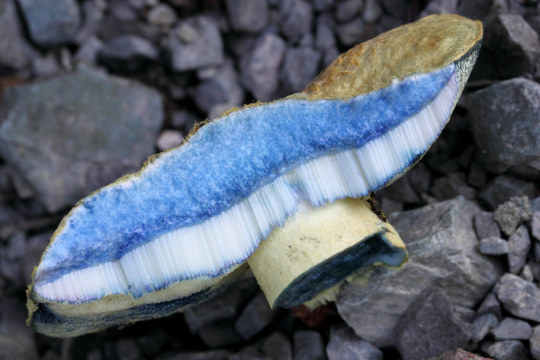
gyroporus cyanescens (cornflower bolete)
#mushrooms#mushroom#fungus#fungi#bolete#cornflower blue#cornflower#cornflower bolete#gyroporus cyanescens#pictures#images#foraging#forage#edible mushroom#foragecore#nature#naturecore#staining bolete#blue#pretty#outdoors#magical
15K notes
·
View notes
Text


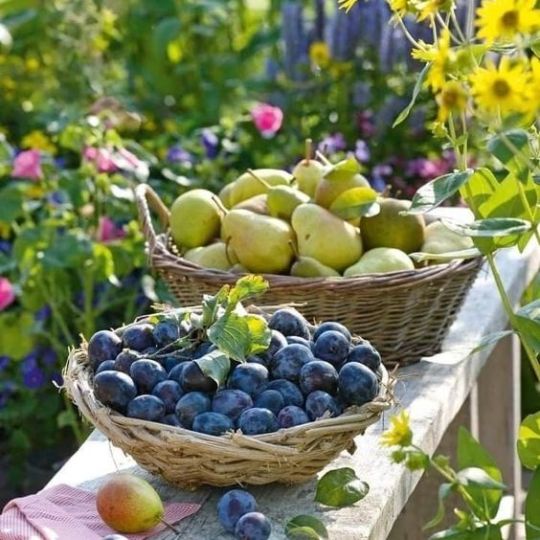
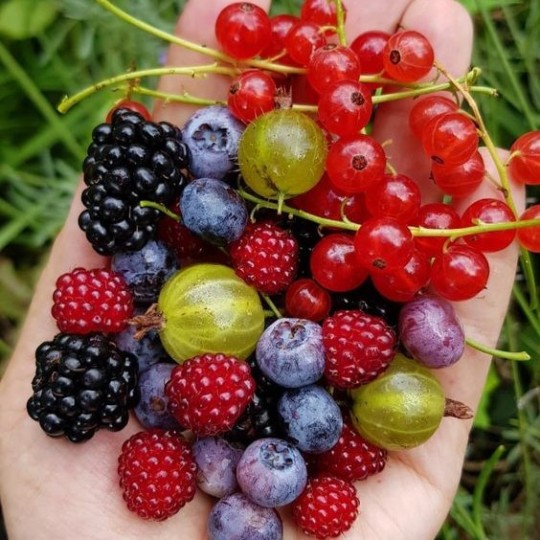
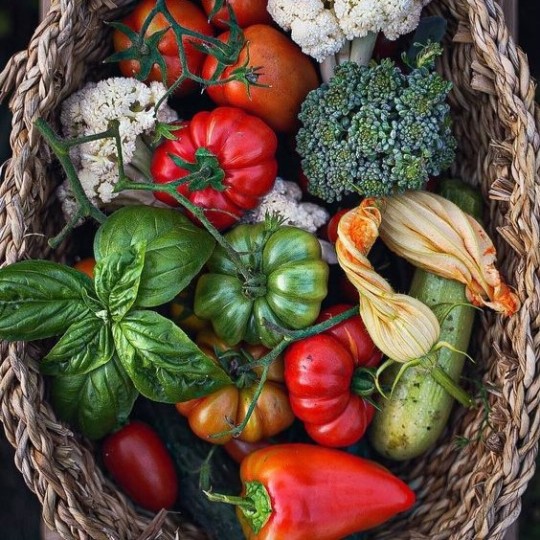




#naturecore#aesthetic#plants#nature#farm aesthetic#farming#farm life#farm#warm aesthetic#summer days#harvestcore#harvest#farmcore#farm living#garden#gardening#veggies#fruits#vegetables#harvesting#foraging#plantlife#plantblr#cottage vibes#cottage style#nature aesthetic#cottagecore#countrycore#photography#explore
3K notes
·
View notes
Text
Found today while gathering acorns (swamp white oak). How adorable is this? I love her little feet, and the way she pivots around her proboscis, fascinated by how far her head rotates… Curculio sp. (if anyone can ID to species, please add!)
27K notes
·
View notes